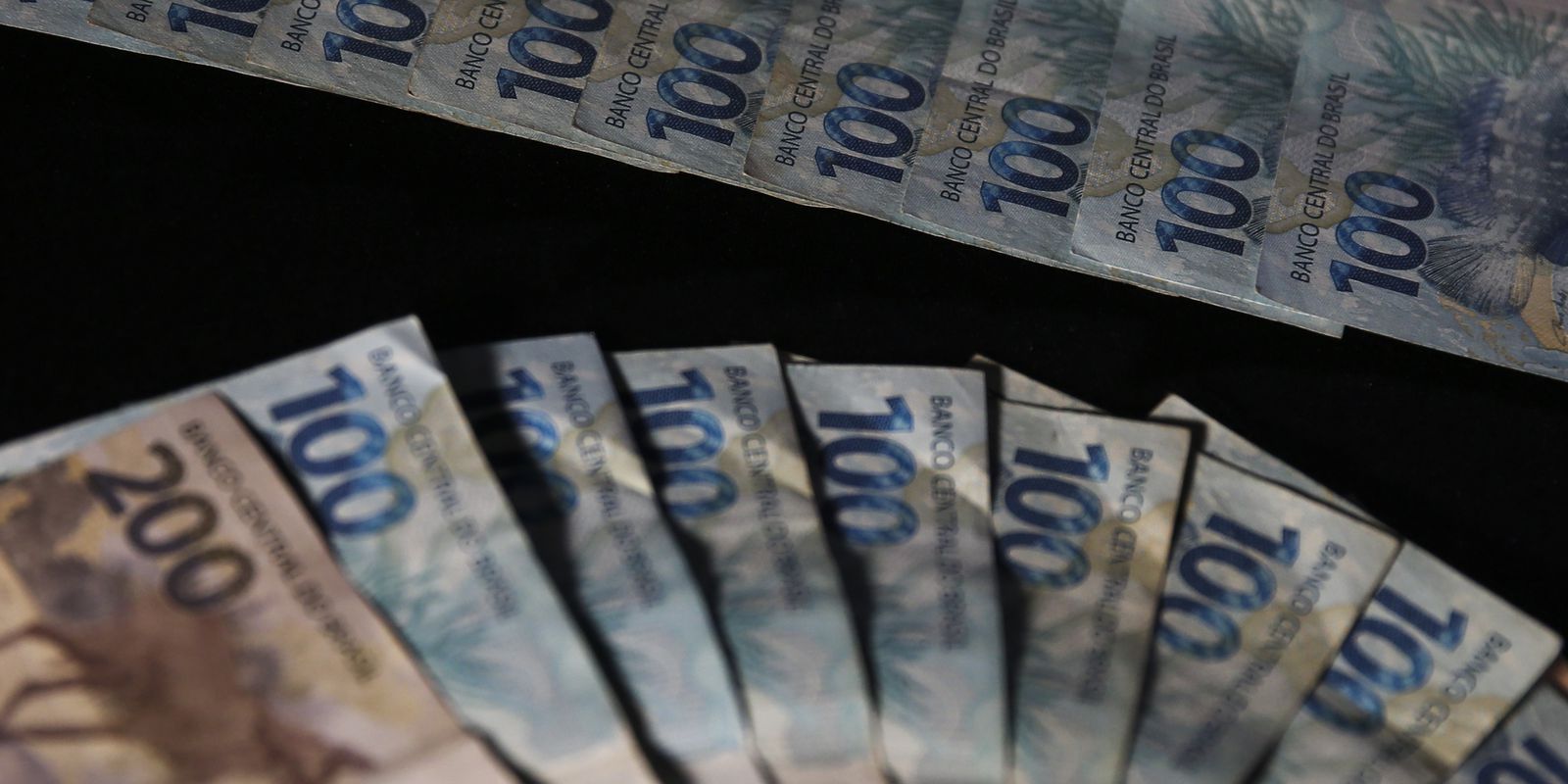The rise in interest rates in recent months prevented the Federal Public Debt (FPD) from falling in October, even with the high volume of fixed-rate bond maturities (set in advance). According to numbers released today (25th) by the National Treasury, FPD rose from R$5.752 trillion in September to R$5.778 trillion last month, an increase of 0.46%.
The Treasury forecasts an increase in FPD in the coming months. According to the Annual Borrowing Plan (PAF), presented at the end of January, the FPD stock should end 2022 between R$ 6 trillion and R$ 6.4 trillion.
The Domestic Securities Public Debt (in securities) (DPMFi) increased by 0.6%, changing from R$5.496 trillion in September to R$5.528 trillion in October. Last month, the Treasury redeemed R$ 8.34 billion more in securities than it issued, mainly in prefixed securities (with fixed interest), which usually mature in the first month of each quarter. DPMFi, however, rose due to the appropriation of R$ 41.1 billion in interest.
Through the appropriation of interest, the government recognizes, month by month, the correction of interest on securities and incorporates the value into the stock of public debt. With the Selic rate (the economy’s basic interest rate) rising since September of last year, the appropriation of interest increases.
Last month, the Treasury issued BRL 101.41 billion in DPMFi bonds. With the high volume of maturities in October, redemptions totaled R$ 109.75 billion. Indebtedness only rose because of the incorporation of interest.
On the foreign market, the drop in the dollar in October reduced the government’s indebtedness. The External Federal Public Debt (DPFe) fell 2.53%, from R$ 256.47 billion in September to R$ 250 billion in October. The main factor was the 2.77% decline in the dollar last month.
Mattress
After three months of decline, the public debt cushion (financial reserve used in times of turbulence or high concentration of maturities) remained practically stable. This reserve went from R$1.031 trillion in September to R$1.029 trillion last month. The main reason, according to the National Treasury, was the concentration of maturities in October.
Currently, the mattress covers 8.97 months of public debt maturities. In the next 12 months, the maturity of R$ 1.339 trillion in federal securities is expected.
Composition
The high volume of maturities changed the composition of the FPD. The proportion of papers indexed by basic interest rates rose slightly, from 37.11% in September to 37.92% in October. The PAF forecasts that the indicator will close 2022 between 38% and 42%. As this type of paper once again attracted the interest of buyers due to the recent increases in the Selic rate, the forecast is that the percentage will rise again in the coming months.
Due to the concentration of maturities, the share of fixed-rate securities (with yield defined at the time of issuance) fell, from 28.23% to 27.06%. The PAF forecasts that the share of the Federal Public Debt corrected by this indicator will end the year between 24% and 28%.
The Treasury has launched fewer prefixed papers because of the turmoil in the financial market in recent months. These bonds are in greater demand in times of economic stability.
The share of inflation-adjusted securities in FPD rose from 29.93% to 30.44%. The PAF predicts that inflation-linked bonds will end the year between 27% and 31%.
Comprised of old domestic debt securities indexed in dollars and the external debt, the weight of the exchange rate in the public debt increased from 4.73% to 4.58%. The public debt linked to the exchange rate is within the limits established by the PAF for the end of 2022, between 3% and 7%.
holders
Financial institutions continue to be the main holders of the internal Federal Public Debt, with a 28.7% share in the stock. Investment funds, with 24.6%, and pension funds, with 22.9%, appear next in the list of debt holders.
The participation of non-residents (foreigners) increased slightly, changing from 9.2% in September to 9.3% in October. The increase occurred, despite the turmoil in foreign markets. The other groups account for 14.5% of participation.
Through public debt, the government borrows money from investors to honor financial commitments. In exchange, it undertakes to return the resources after a few years, with some correction, which can follow the Selic rate (basic interest rate of the economy), inflation, the dollar or be prefixed (set in advance).

















